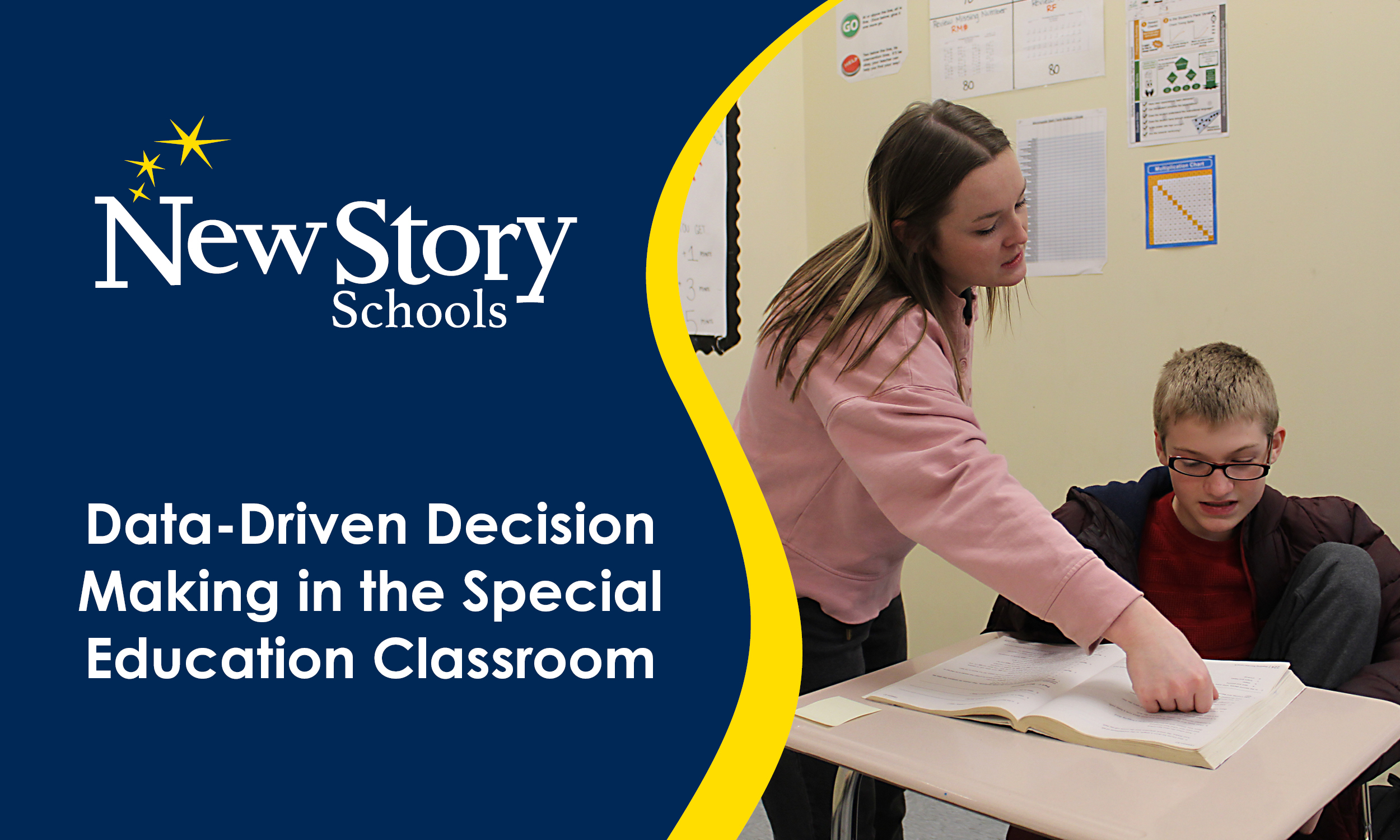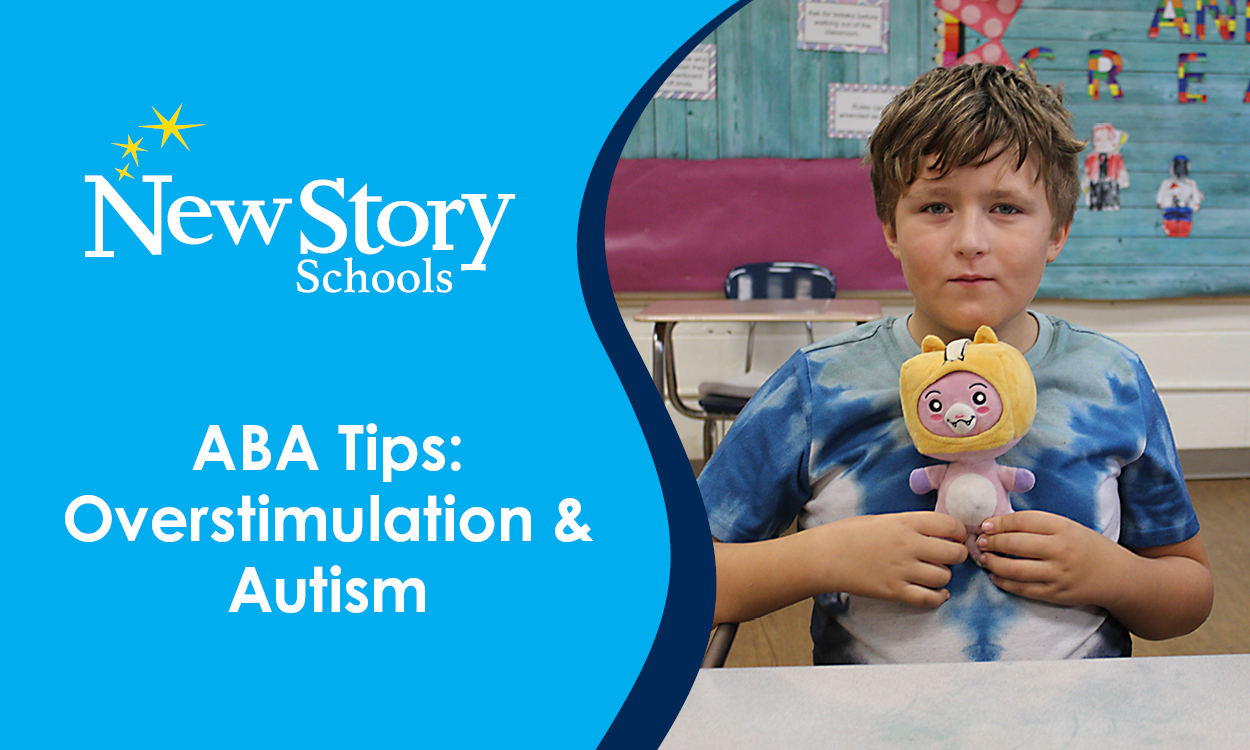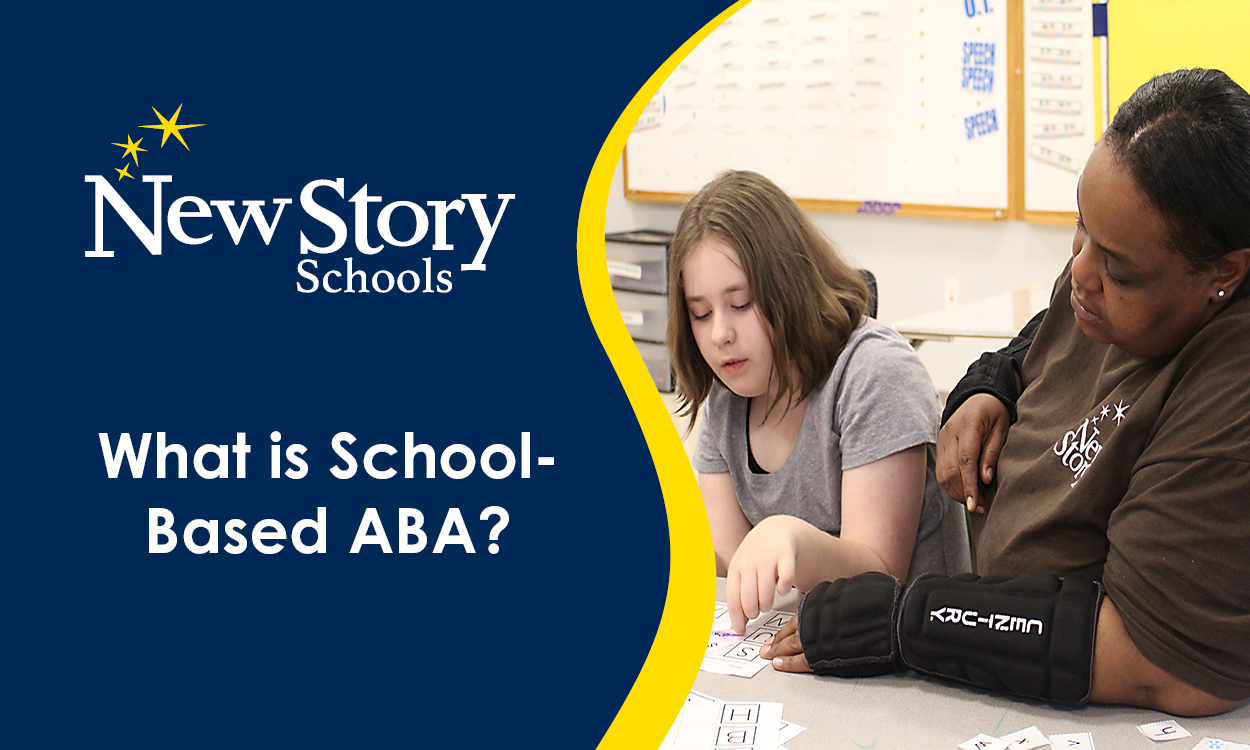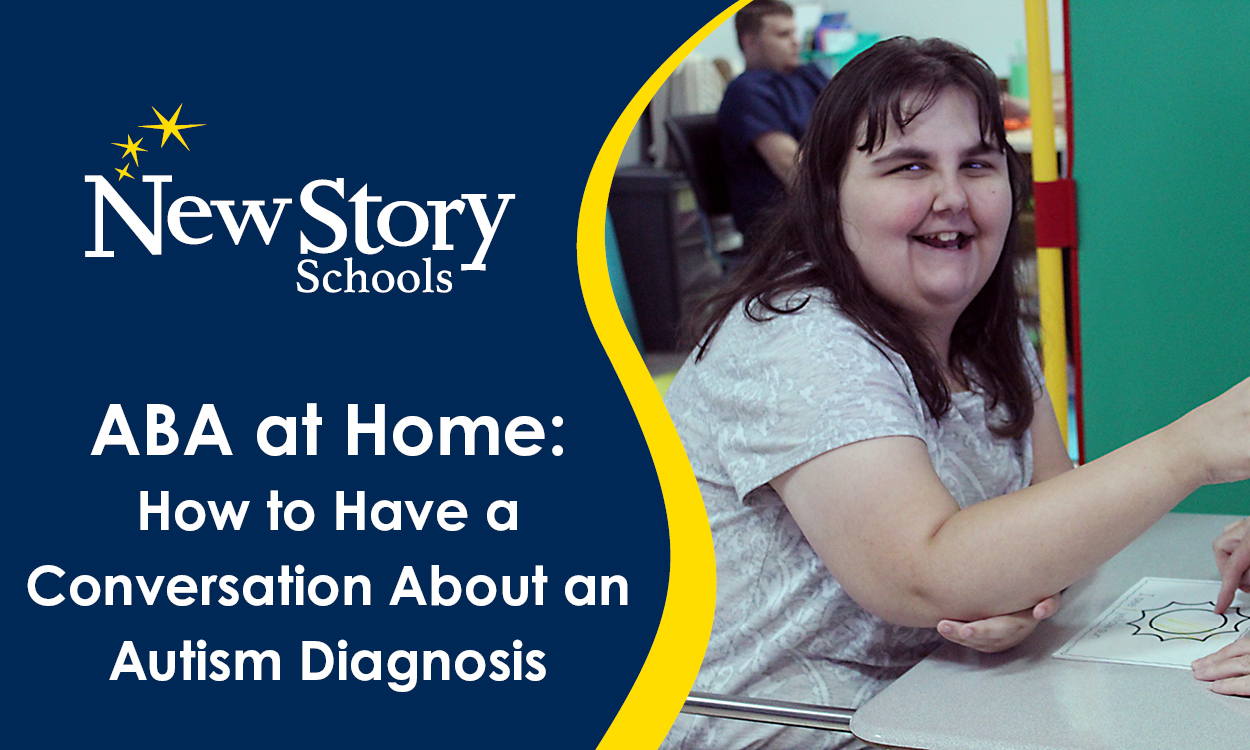IEP vs. 504: Which is Right?
Posted: October 04, 2024 | Written By: Drew Delligatti | Category:
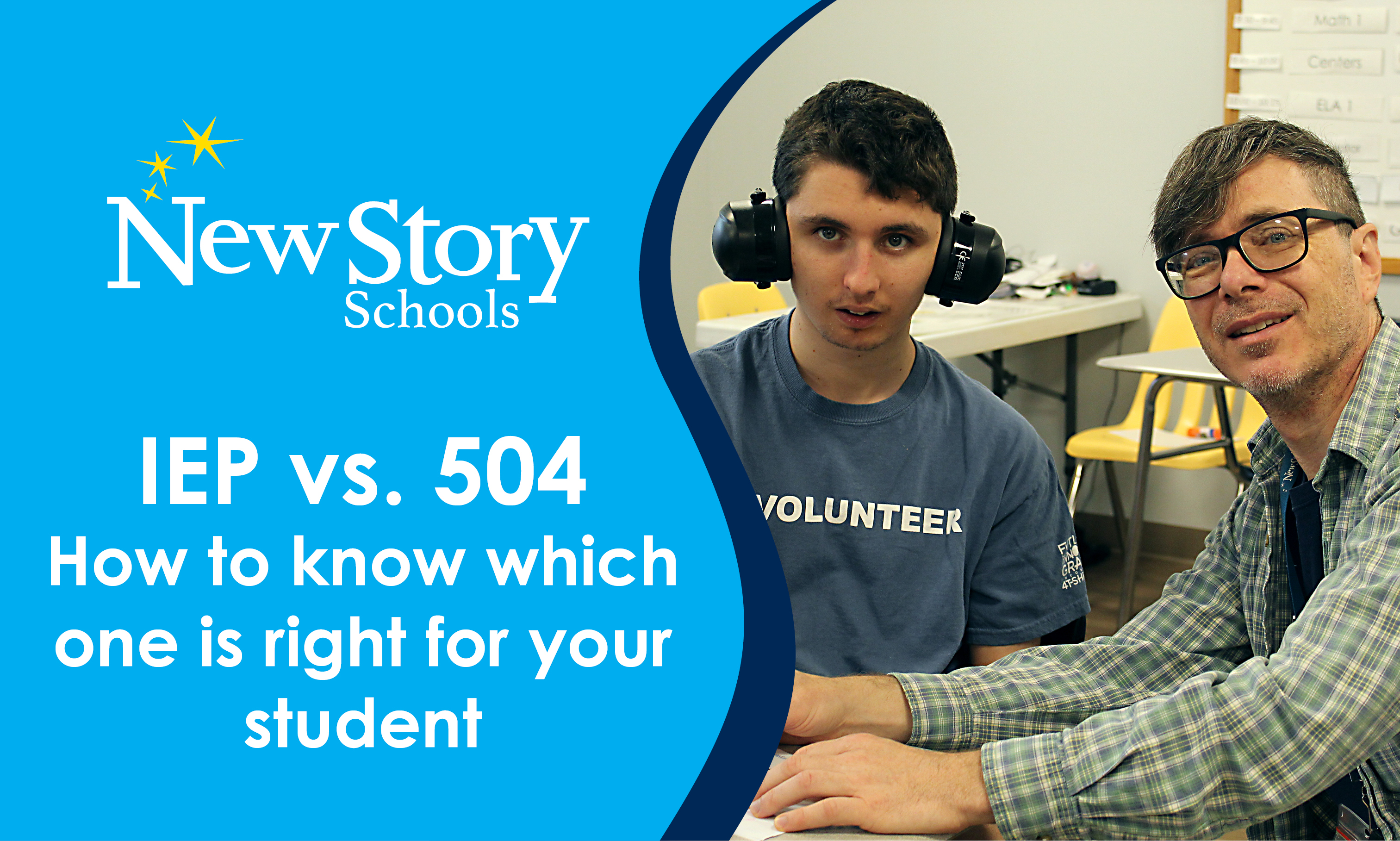
When it comes to supporting students with disabilities in Pennsylvania, there are two key tools that families can use to support their student’s educational journey: the Individualized Education Program (IEP) and the 504 Plan. Both are designed to ensure that students with disabilities have access to a free, appropriate public education (FAPE), but they differ in their purposes, eligibility criteria, and the types of accommodations they offer. How is an IEP different than a 504? In this blog, we break down the basics.
1. What Are They?
IEP: The IEP is mandated by the Individuals with Disabilities Education Act (IDEA). IDEA is a federal law that ensures special education services for children with disabilities. The IEP is a formal plan that outlines special education services specifically designed to meet the unique needs of a student with a disability.
504 Plan: The 504 Plan is governed by Section 504 of the Rehabilitation Act of 1973, which is a civil rights law. This law prevents discrimination against individuals with disabilities in any program that receives federal funding, including public schools. A 504 Plan provides accommodations and modifications to ensure that students with disabilities have equal access to education, but it does not provide specialized instruction.
To clarify, a student can have both an IEP and a 504 plan but is not typically necessary.
2. What Qualifies?
IEP: To qualify for an IEP, a student must have one of the 13 specific disabilities listed under IDEA. Additionally, the disability must impact the student’s ability to learn in a general education classroom, necessitating special education services. The qualifying categories are intellectual disability, hearing impairment, speech or language impairment, visual impairment (including blindness), emotional disturbance, orthopedic impairment, autism, traumatic brain injury, other health impairment, specific learning disability, deafness, deaf-blindness, or multiple disabilities.
504 Plan: A student that does not qualify for special education services under IDEA still may qualify for services under Section 504 if the disability is shown to substantially limit his or her educational performance or major life activities. The key requirement is that the disability must impact the student’s ability to participate in and benefit from the general education curriculum. Examples are limited abilities to care for oneself, perform manual tasks, walk, see, hear, speak, breath, learn, and work. To further illustrate, this would apply to students who have a broken arm and cannot write, require an interpreter, have cancer, and use a wheelchair, among other examples. Title 34 defines a handicapped person as any person who has a physical or mental impairment which substantially limits one or more major life activities, has a record of such an impairment, or is regarded as having such an impairment.
At New Story Schools, in relation to IEPs, we support students with diagnoses including autism, emotional disability, and emotional disturbance. As laid out in Section 300, emotional disturbance is defined as an inability to learn that cannot be explained by intellectual, sensory, or health factors, an inability to build or maintain satisfactory interpersonal relationships with peers and teachers, inappropriate types of behavior or feelings under normal circumstances, a general pervasive mood of unhappiness or depression, and a tendency to develop physical symptoms or fears associated with personal or school problems.
3. Services Provided
IEP: An IEP offers a wide range of services, including specialized instruction, related services (such as speech therapy, occupational therapy, or counseling), and accommodations. The services are tailored to the student’s unique needs and are designed to help them achieve specific educational goals. The IEP is developed by a team that includes teachers, parents, school administrators, and, when appropriate, the student.
504 Plan: A 504 Plan provides accommodation and modifications that allow the student to access the general education curriculum. These might include things like extended time on tests, preferential seating, or the use of assistive technology. Unlike an IEP, a 504 Plan does not typically include specialized instruction. Instead, it focuses on ensuring the student can learn alongside their peers.
4. Development and Review Process
IEP: The IEP will be developed at a meeting and will include a description of all the programs and services necessary to help your child make progress in school. The IEP team uses information that is contained in the Evaluation Report, or reevaluations, to write the IEP. In most cases, there will be at least four people at the IEP meeting: the parent, the Local Education Agency (LEA) representative, a special education teacher, and a general education teacher (if your child will participate at all in general education). The IEP must be completed within 30 calendar days after the evaluation team issues its Evaluation Report. The IEP must be put into action as soon as possible, but no later than 10 school days after the IEP is approved. Your child’s program is reviewed every year at an IEP meeting, or more often if requested by you or any other IEP team member. Whenever there are concerns about or changes to the IEP, a meeting may be requested by you or any other member of the IEP team. See an example of an IEP.
504 Plan: The process for developing a 504 Plan is less formal than for an IEP. Students can be referred for a review process by their parents or by a district representative. The next step generally involves a meeting between parents, teachers, and school administrators to discuss the student’s needs and determine appropriate accommodations. An informal conference must be convened within 10 school days of the request. The 504 Plan should be reviewed periodically, but there is no specific timeline mandated by federal law for these reviews. A formal due process hearing can be held if required.
5. Parental Involvement and Rights
IEP: Parents have a significant role in the IEP process. They are considered equal members of the IEP team and must be involved in meetings where decisions are made about their child’s education. IDEA also provides parents with specific rights, including the right to dispute resolutions and due process hearings if they disagree with the school’s decisions.
504 Plan: While parents are encouraged to participate in the development of a 504 Plan, the process is less structured than the IEP process. Parents have the right to be informed about their child’s evaluation and the accommodations provided, but the procedural safeguards and dispute resolution options are not as extensive as those under IDEA. All personally identifiable information regarding a protected handicapped student is confidential and can be released only by parental consent. Parents and their representatives are able to access the educational records of the student.
6. Flexibility and Adaptability
IEP: IEPs are highly individualized and designed to be flexible to meet the student's unique needs. The goals, services, and accommodations can be adjusted as the student’s needs change over time.
504 Plan: A 504 Plan is generally less comprehensive and more focused on providing accommodations. However, it can be adapted to meet the student's needs as they change, and it can cover students who may not qualify for an IEP.
Both IEPs and 504 Plans play crucial roles in supporting students with disabilities, but they serve different purposes and are grounded in different laws. An IEP is designed for students who need specialized instruction and services, while a 504 Plan provides accommodations to ensure students with disabilities can access the general education curriculum. Understanding the differences between these two plans can help parents, educators, and students work together to ensure that every child receives the support they need to succeed in school.
Want to know what to expect in an IEP meeting? Click here!
Want to be notified of new articles and resources from New Story Schools? Submit your email and opt into our newsletter!


